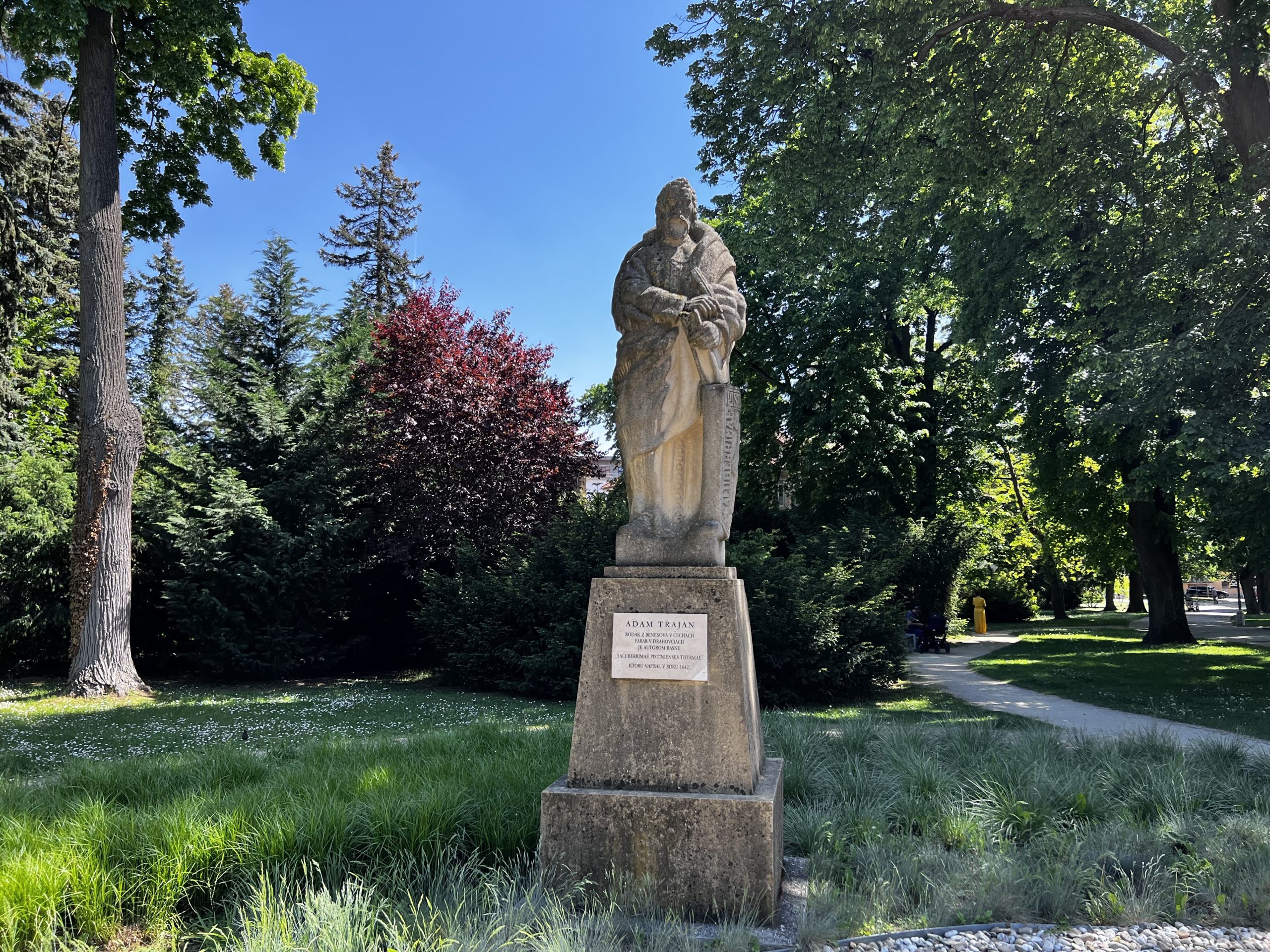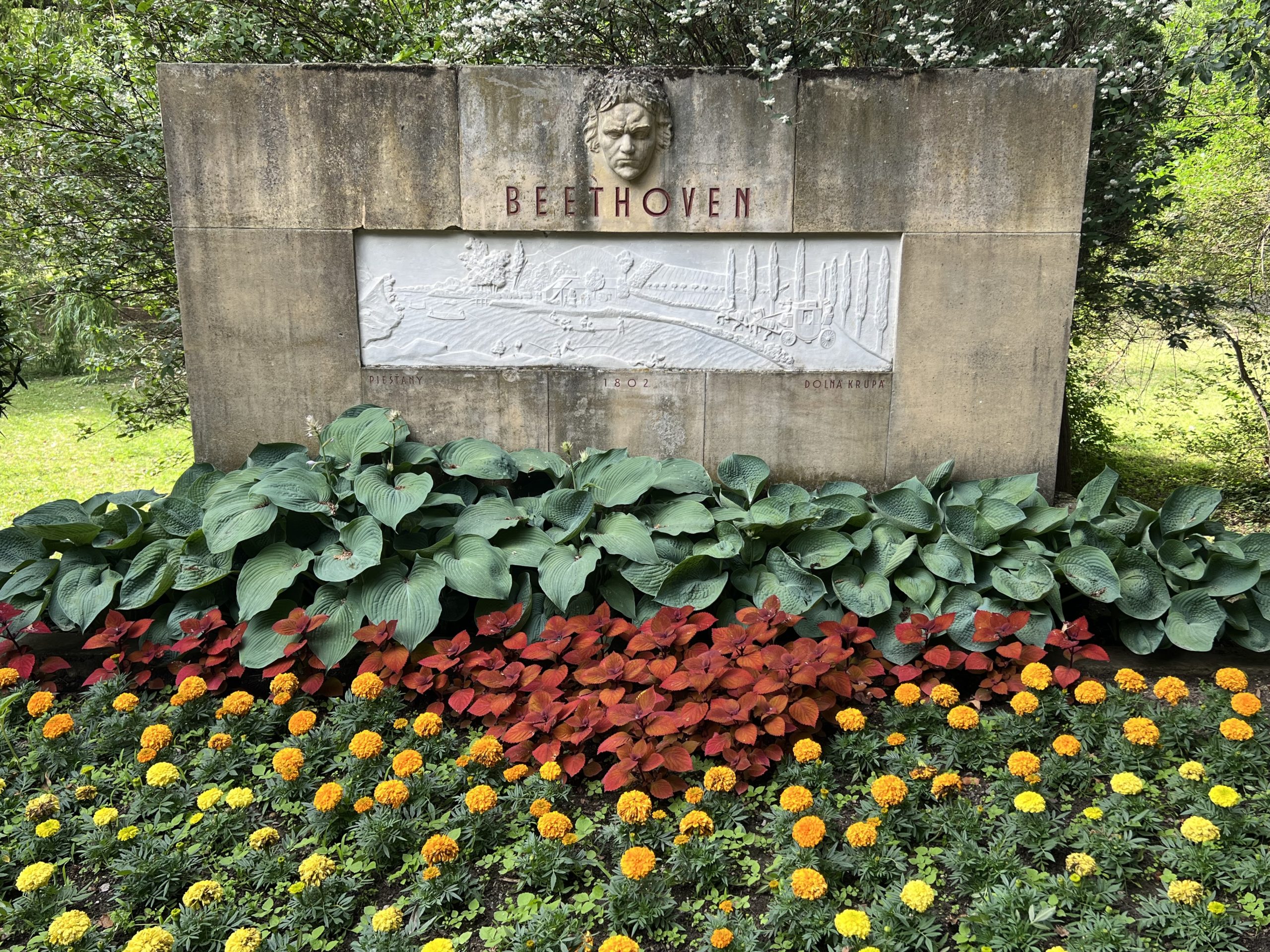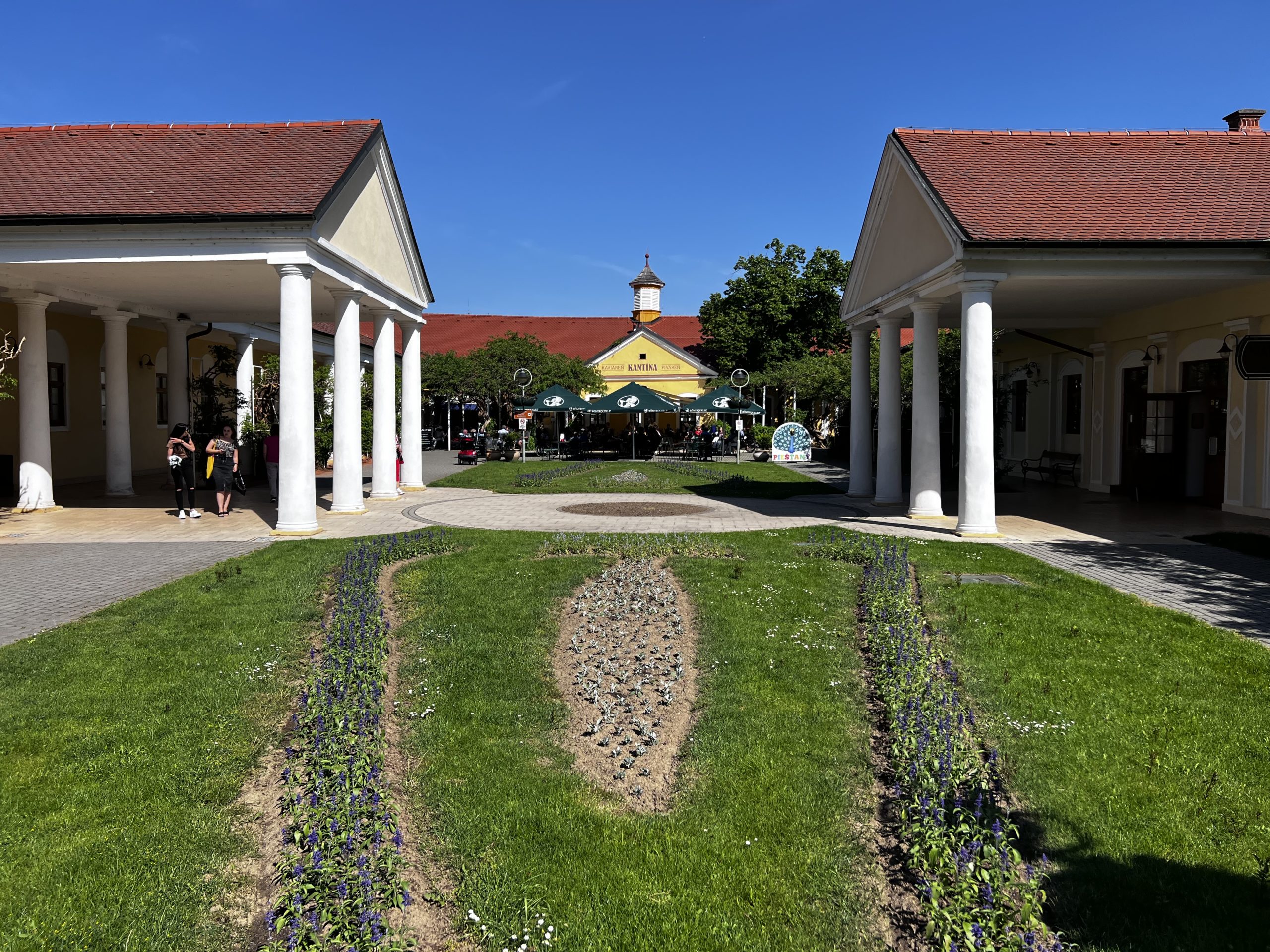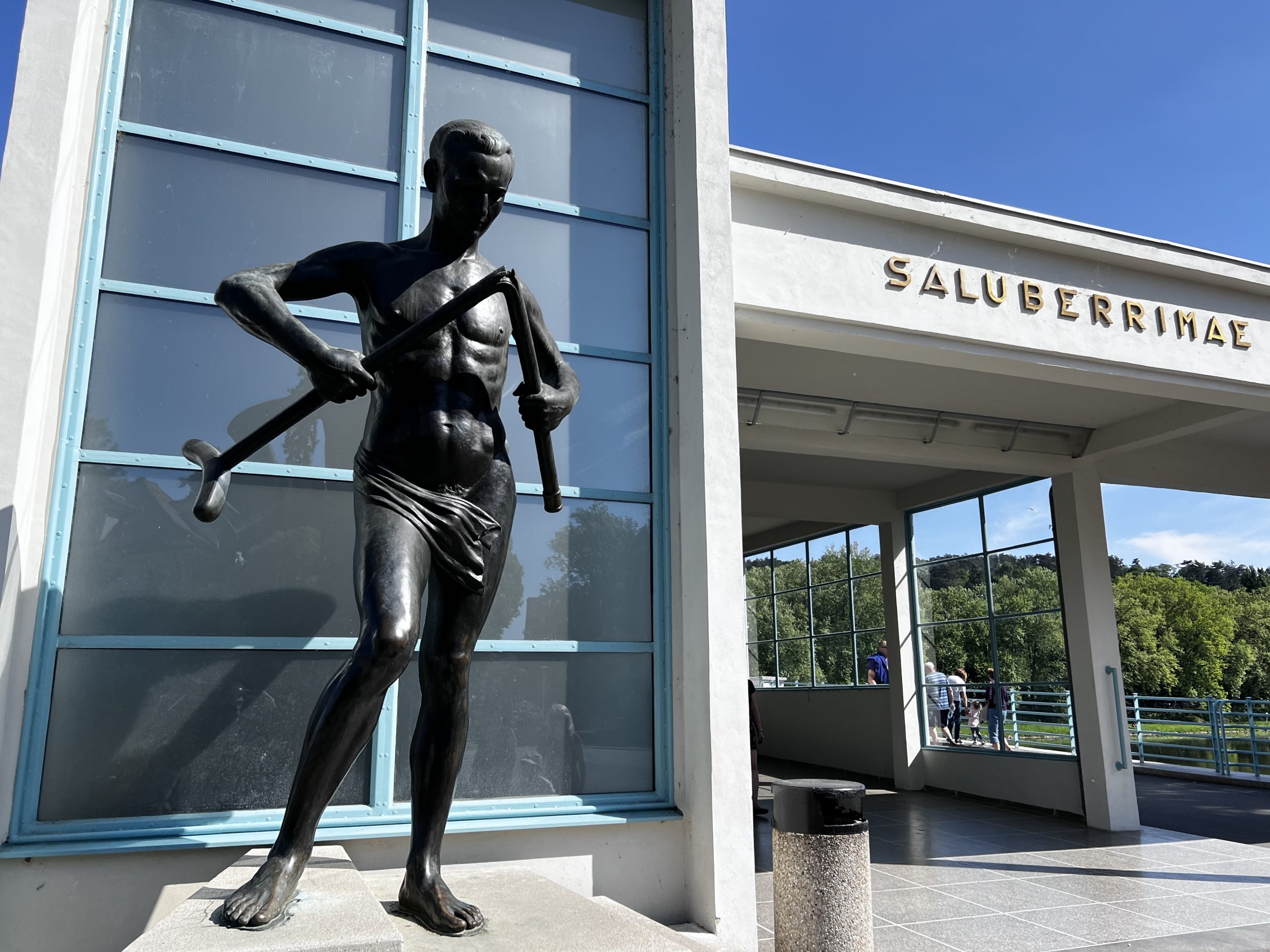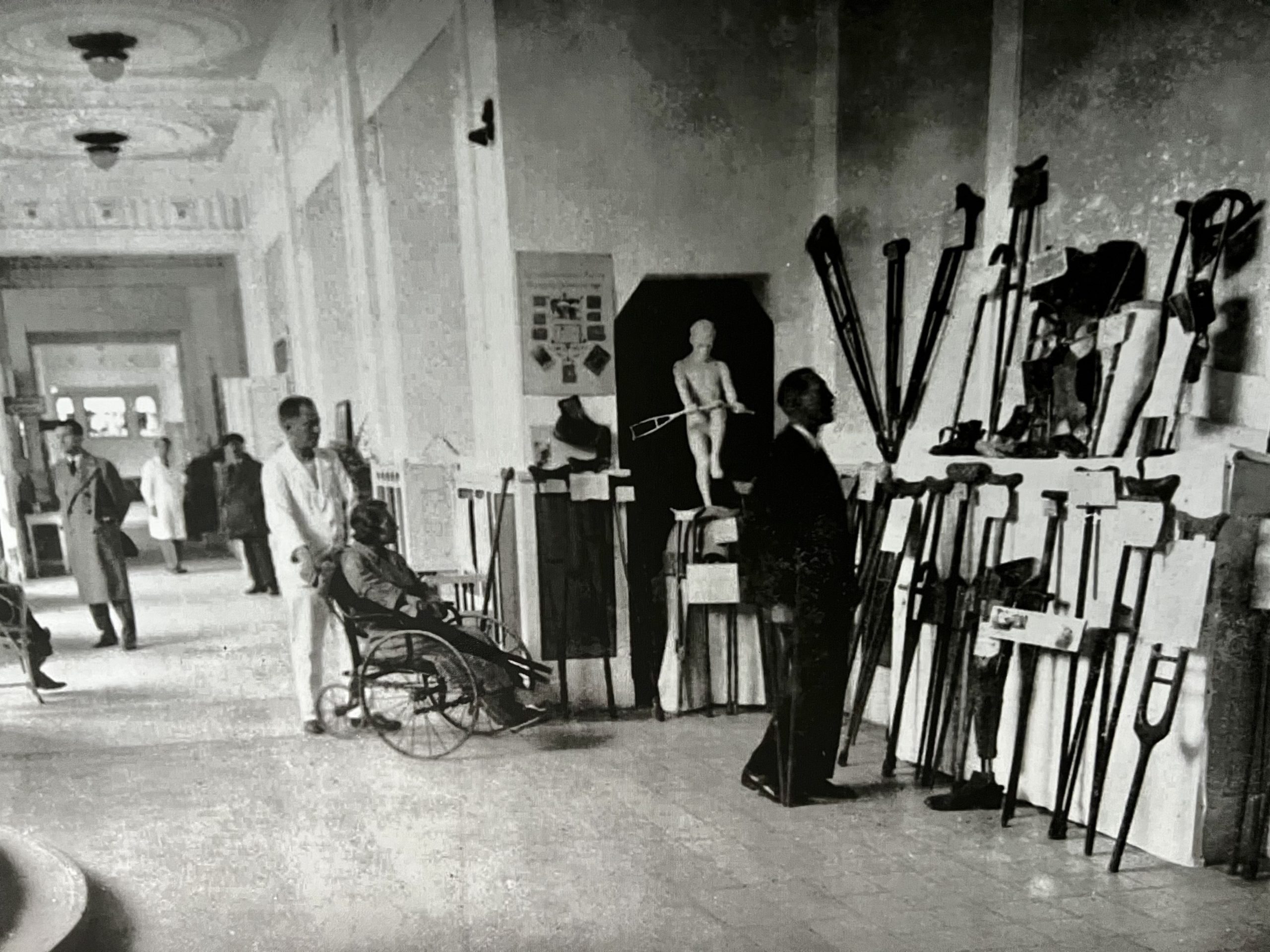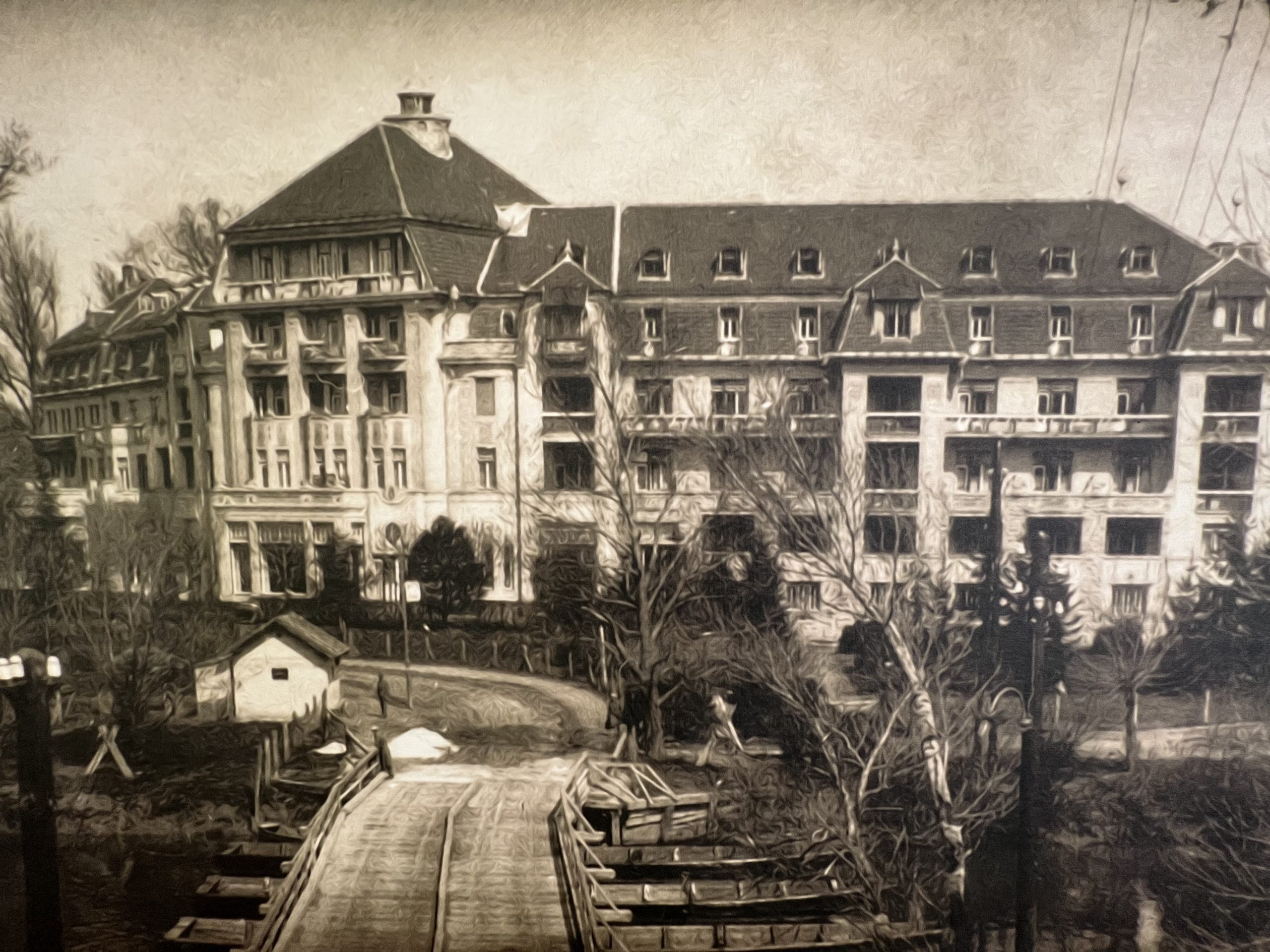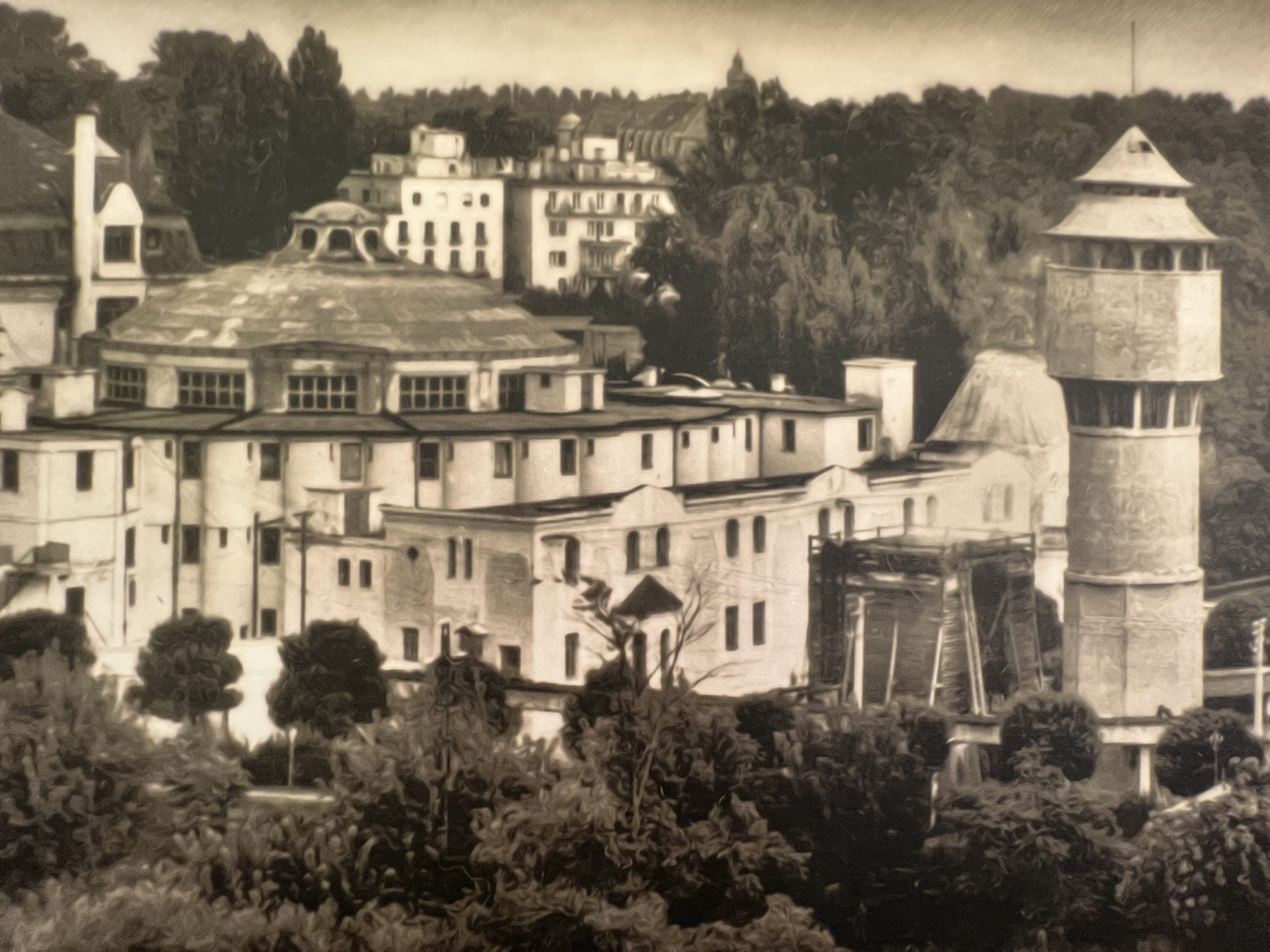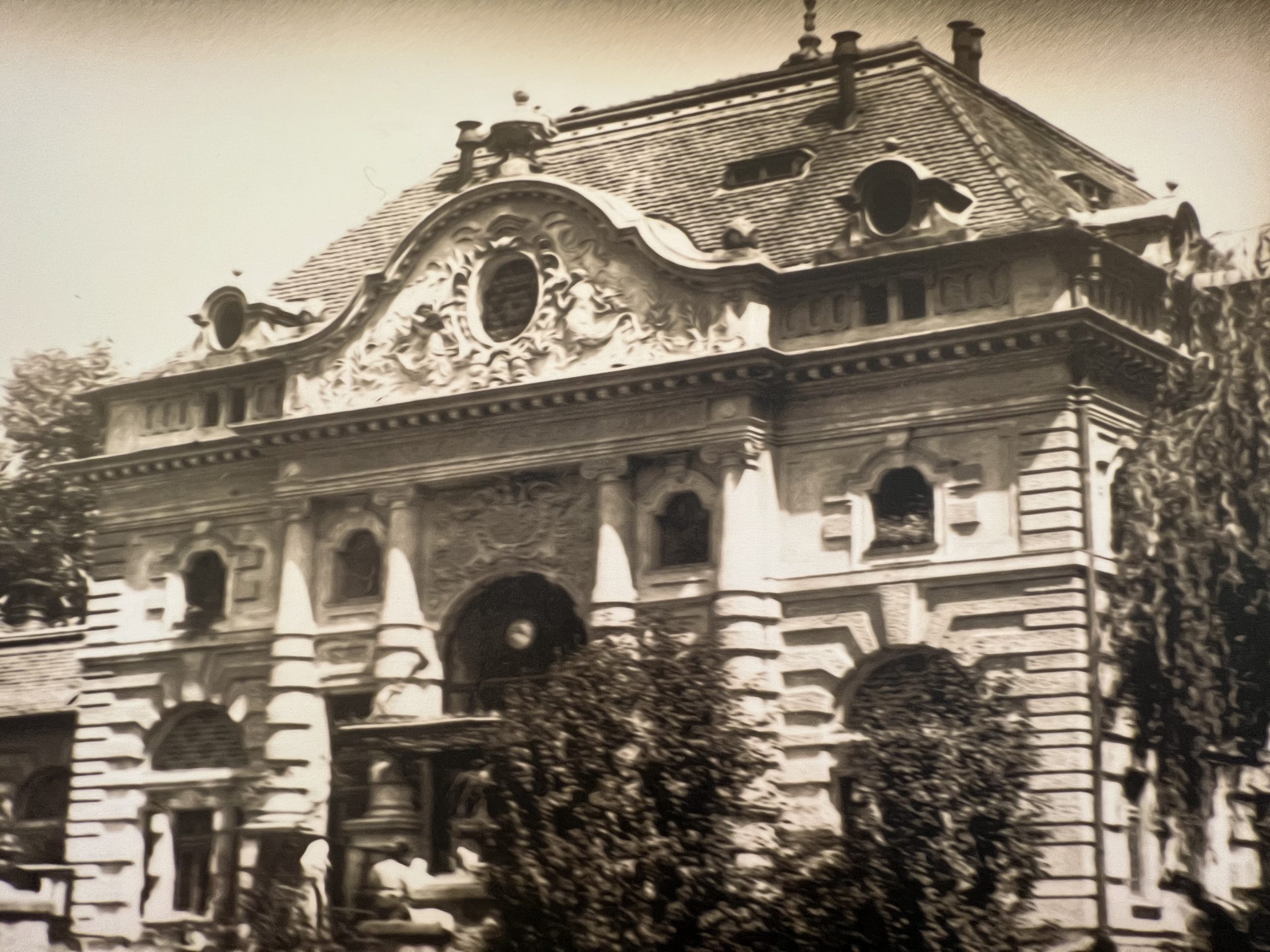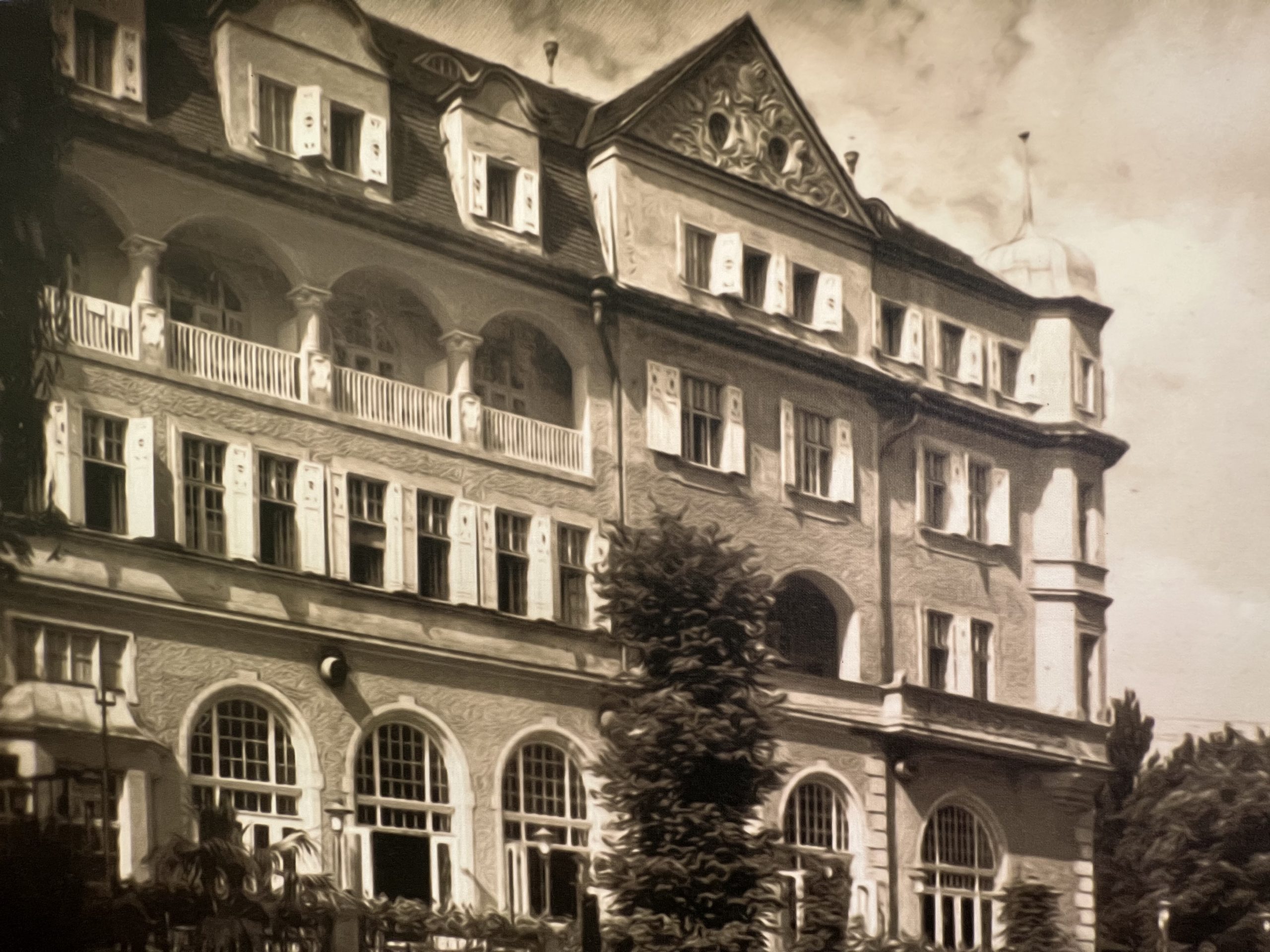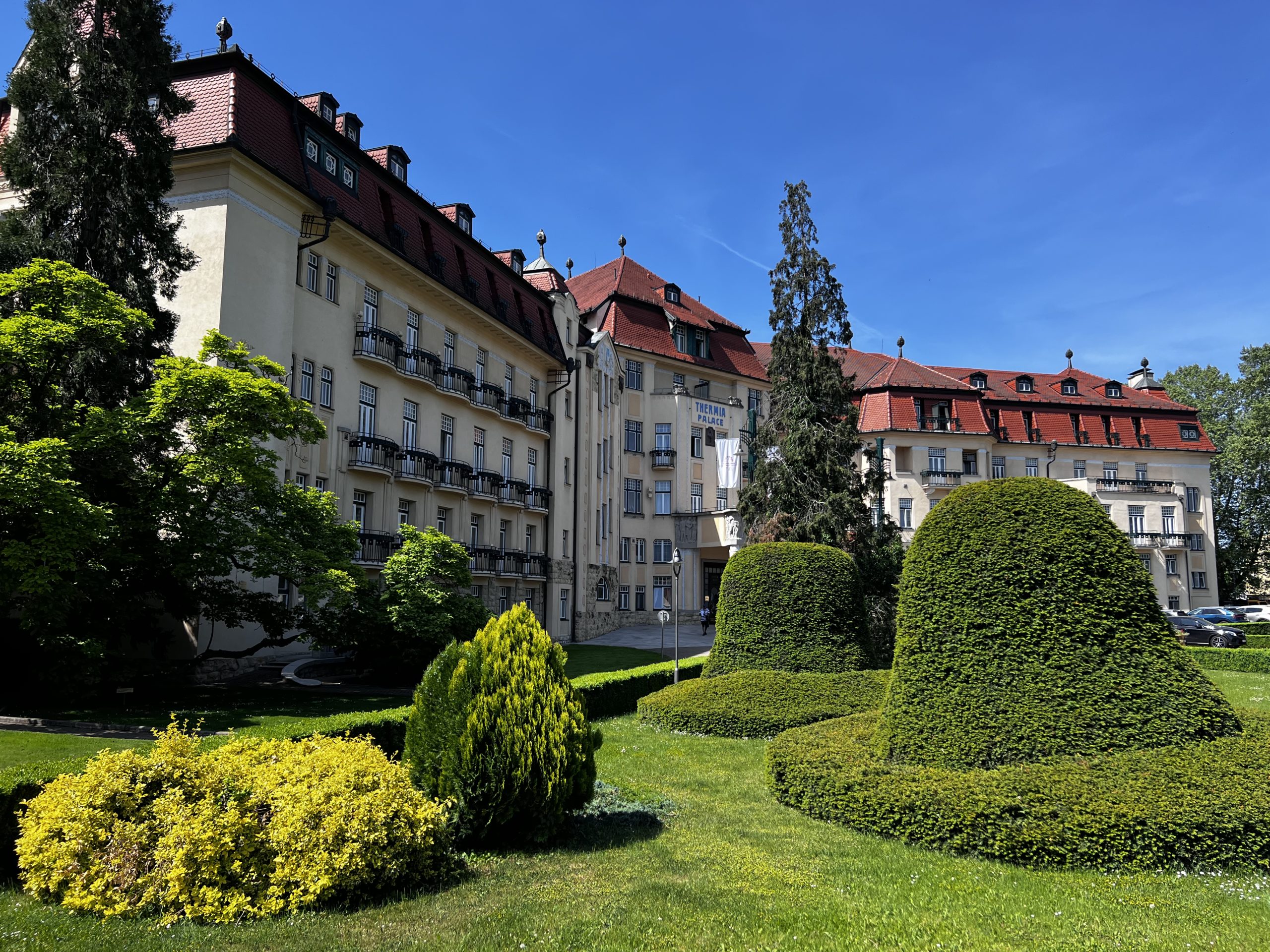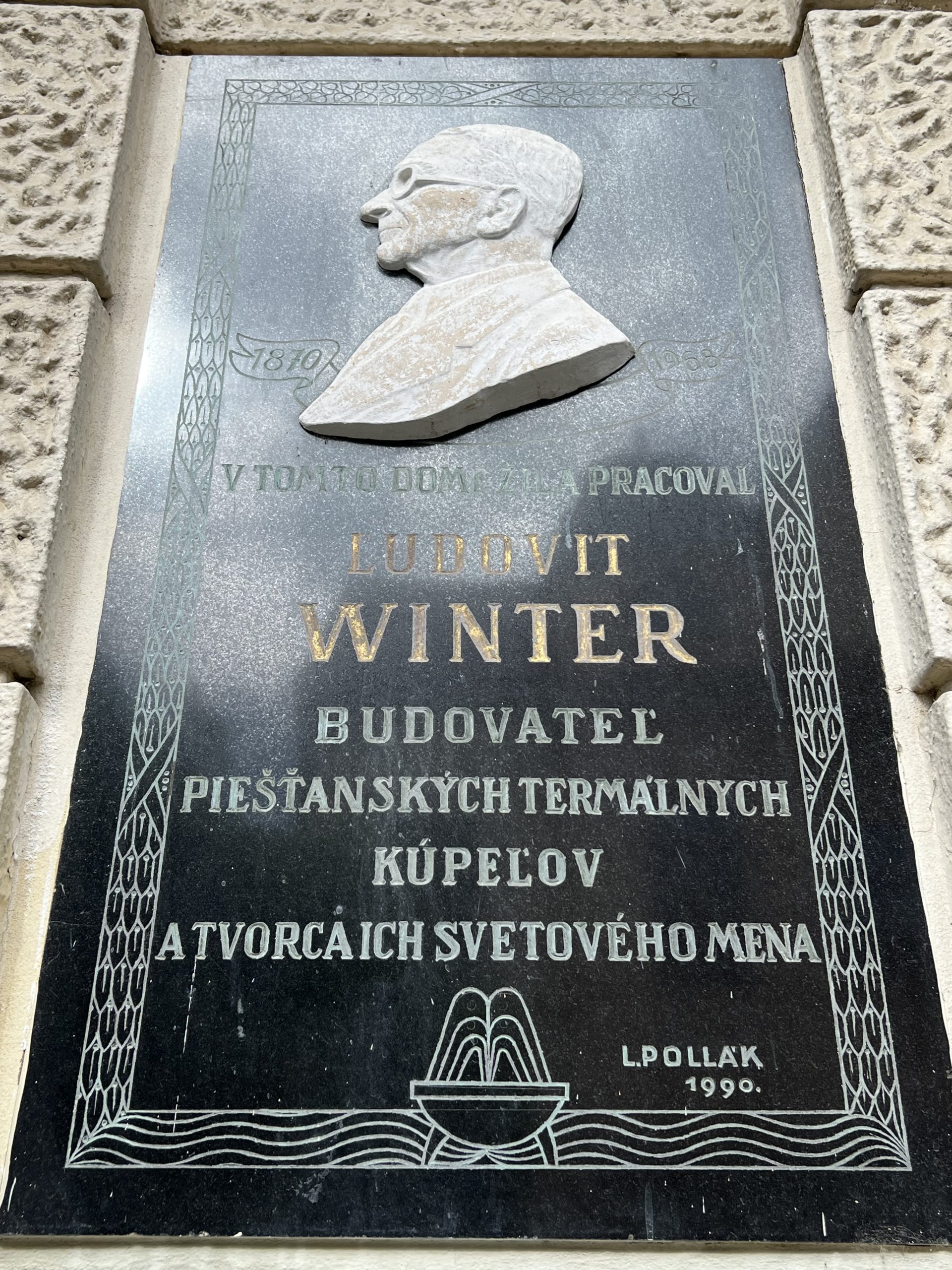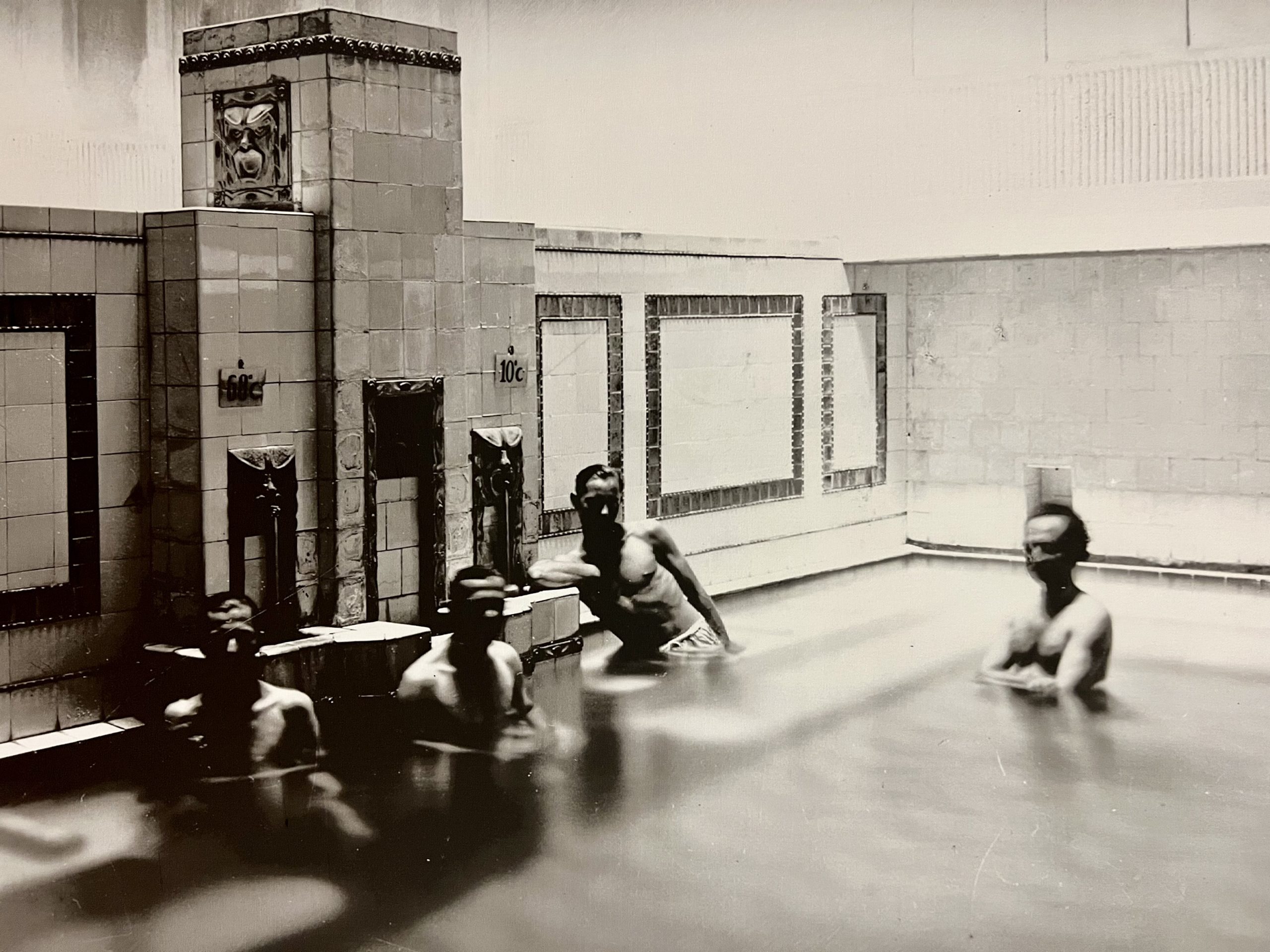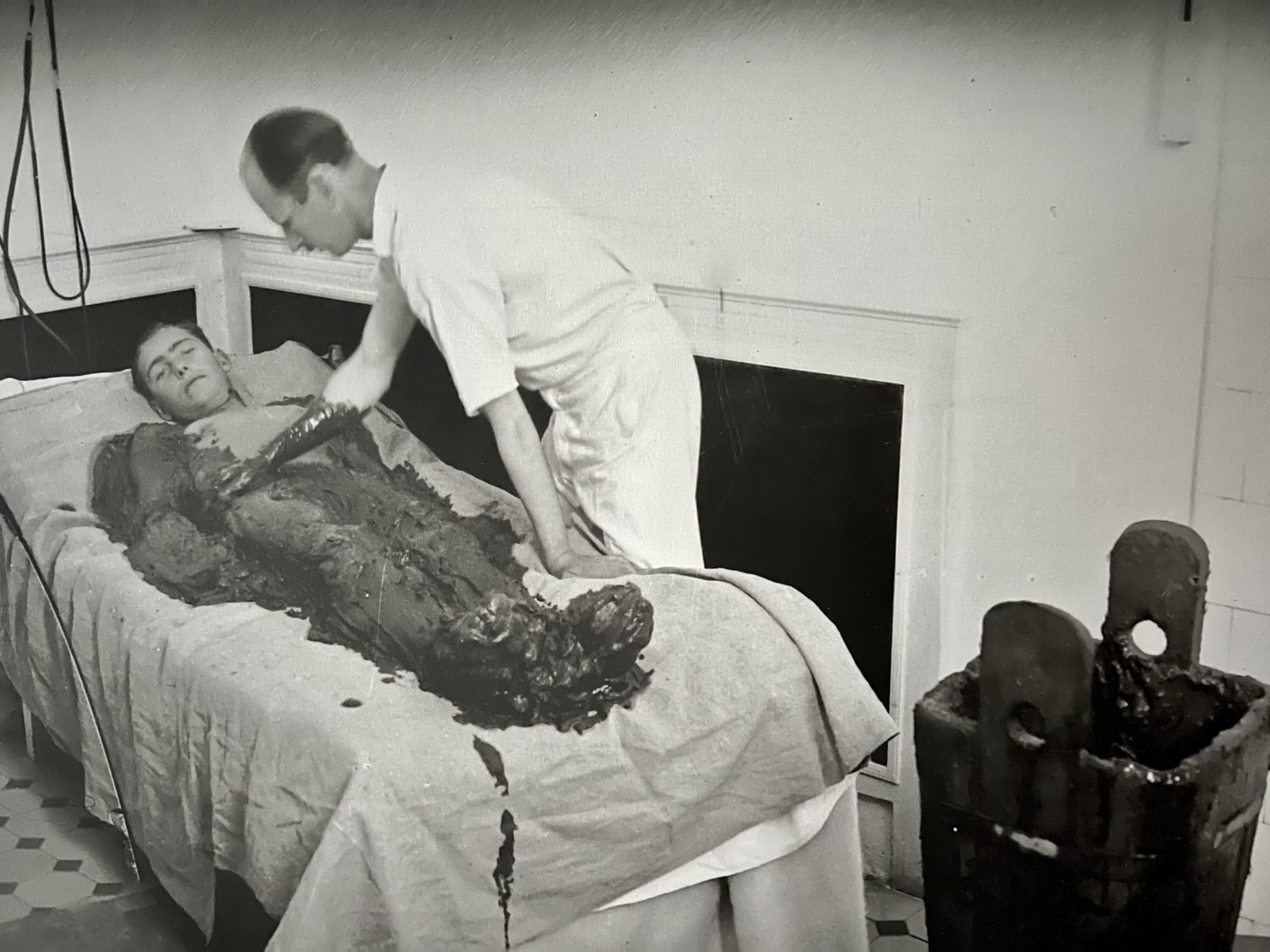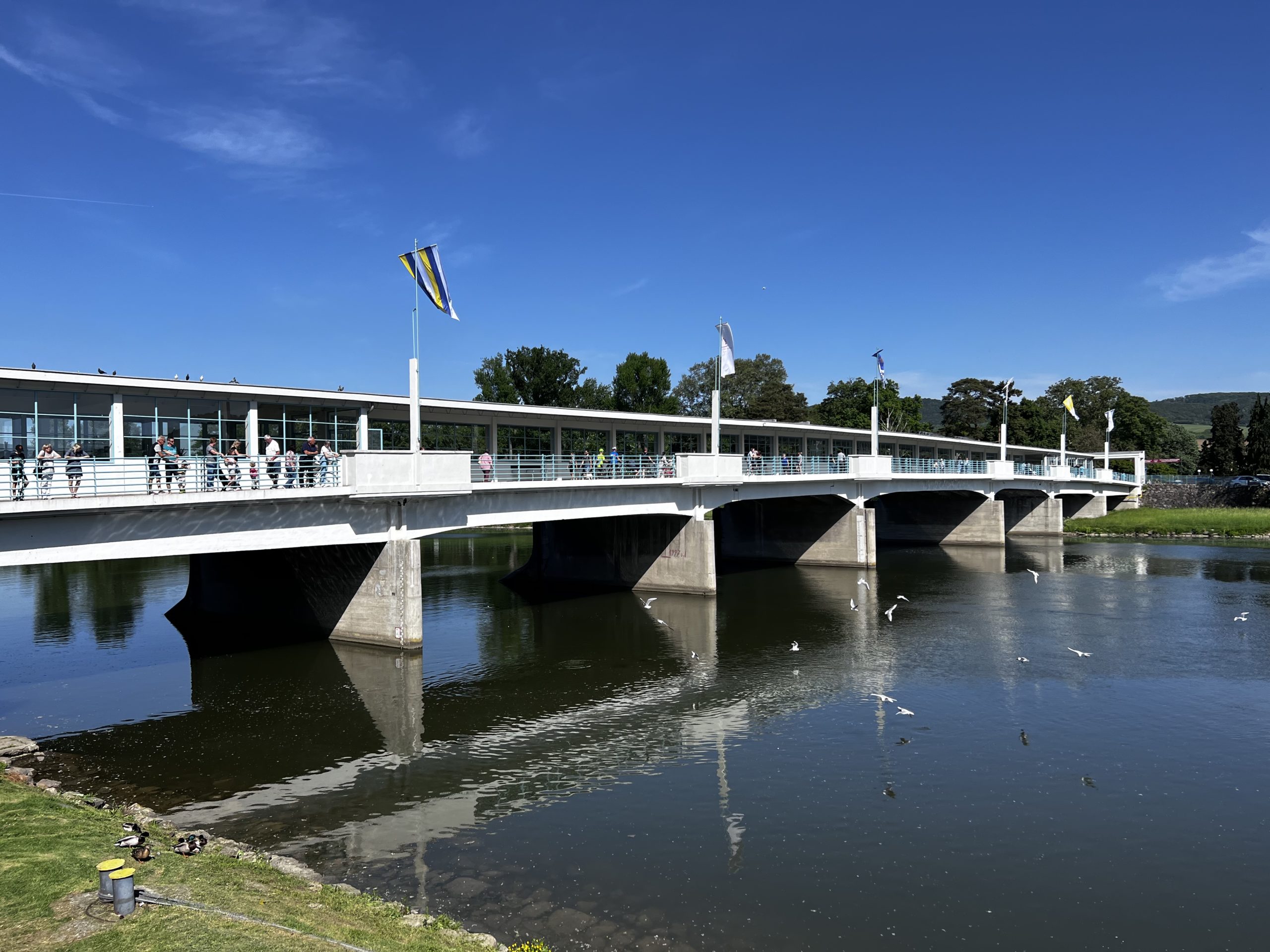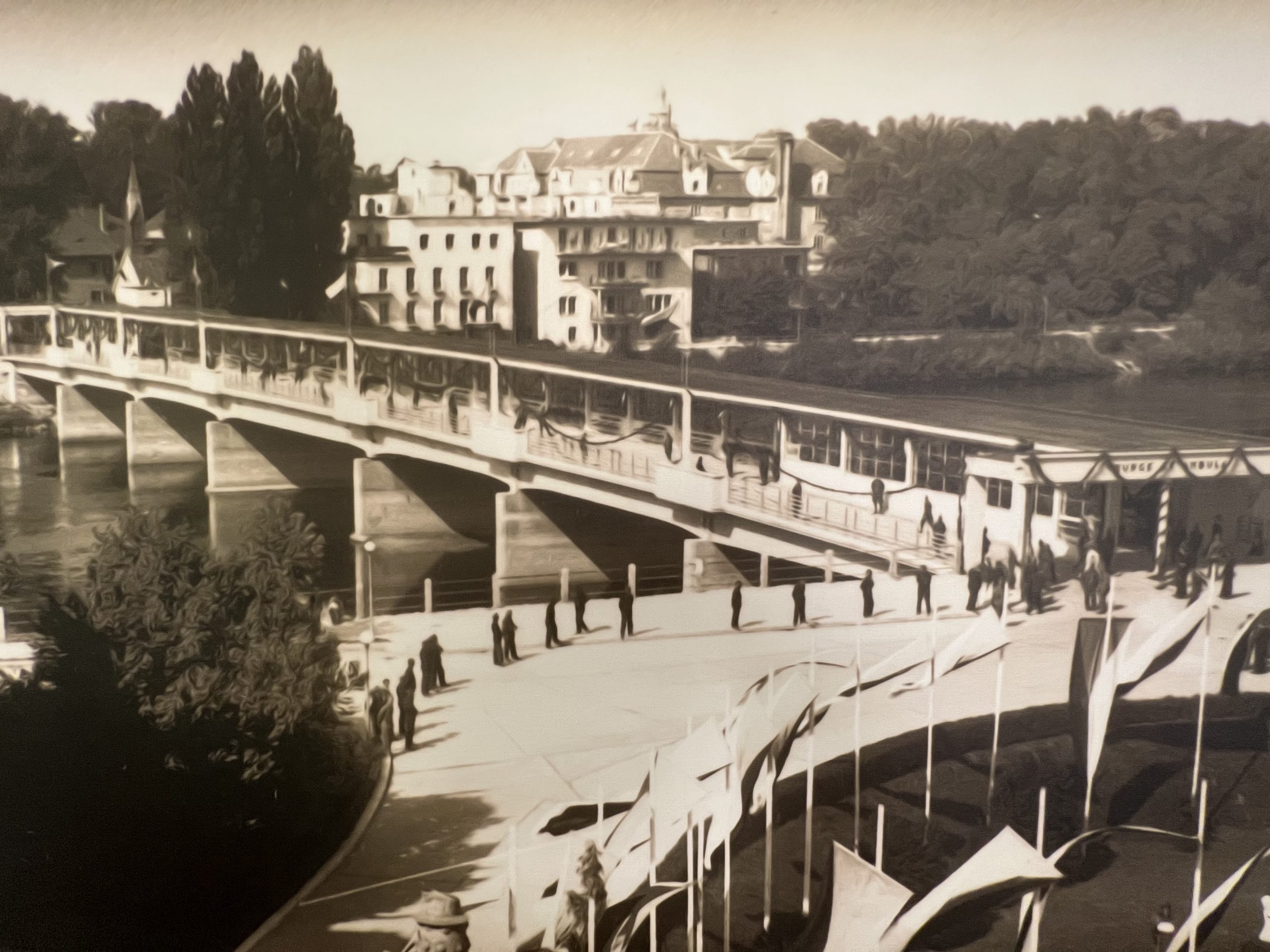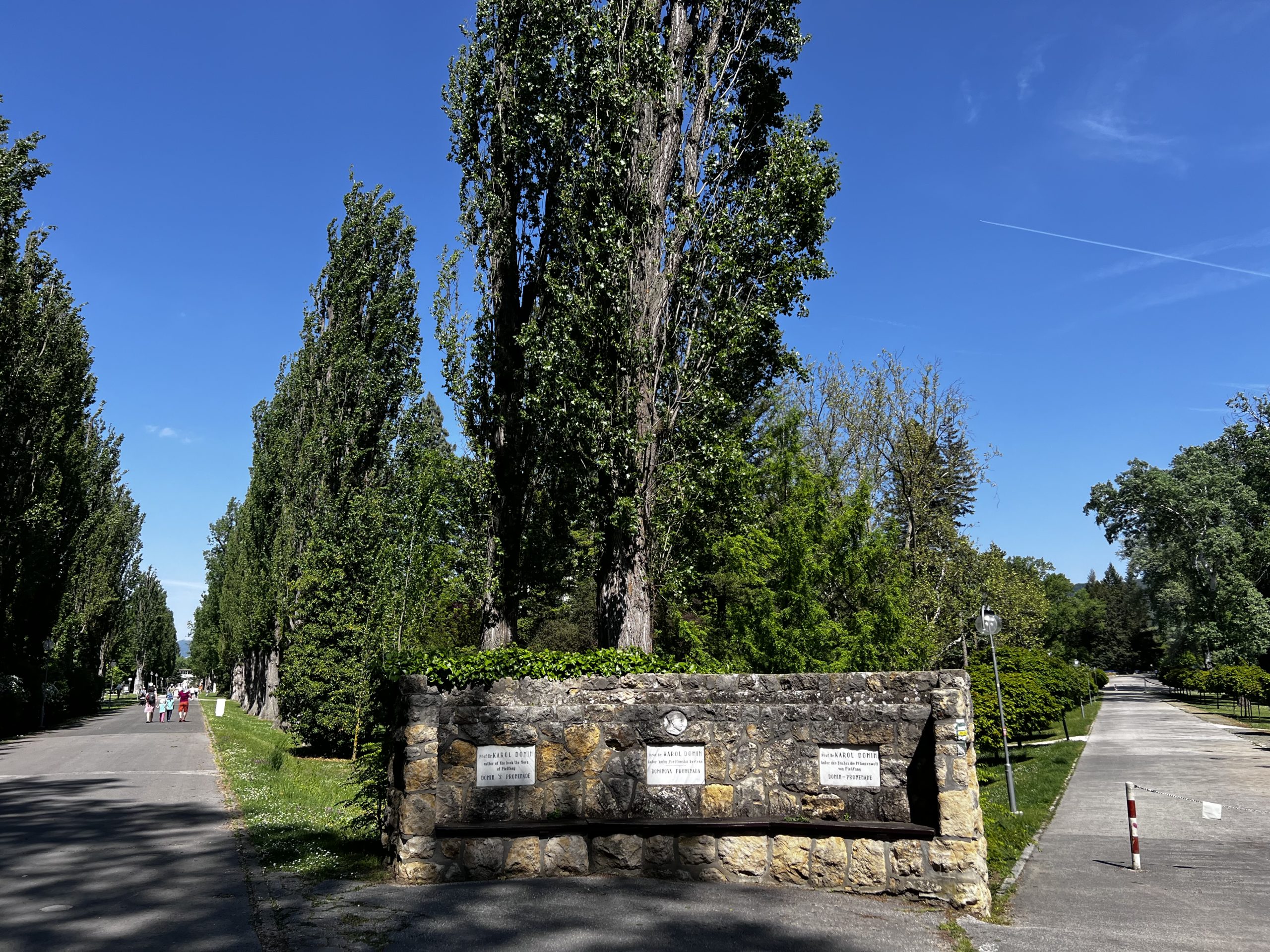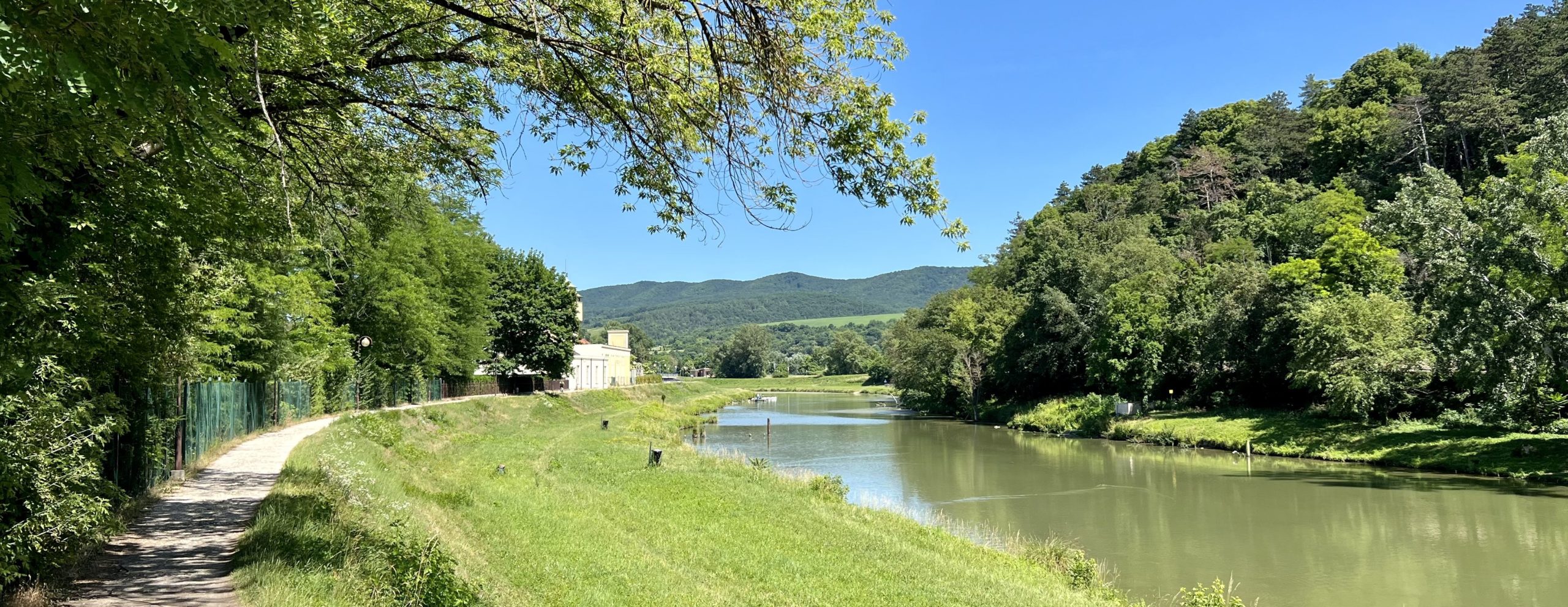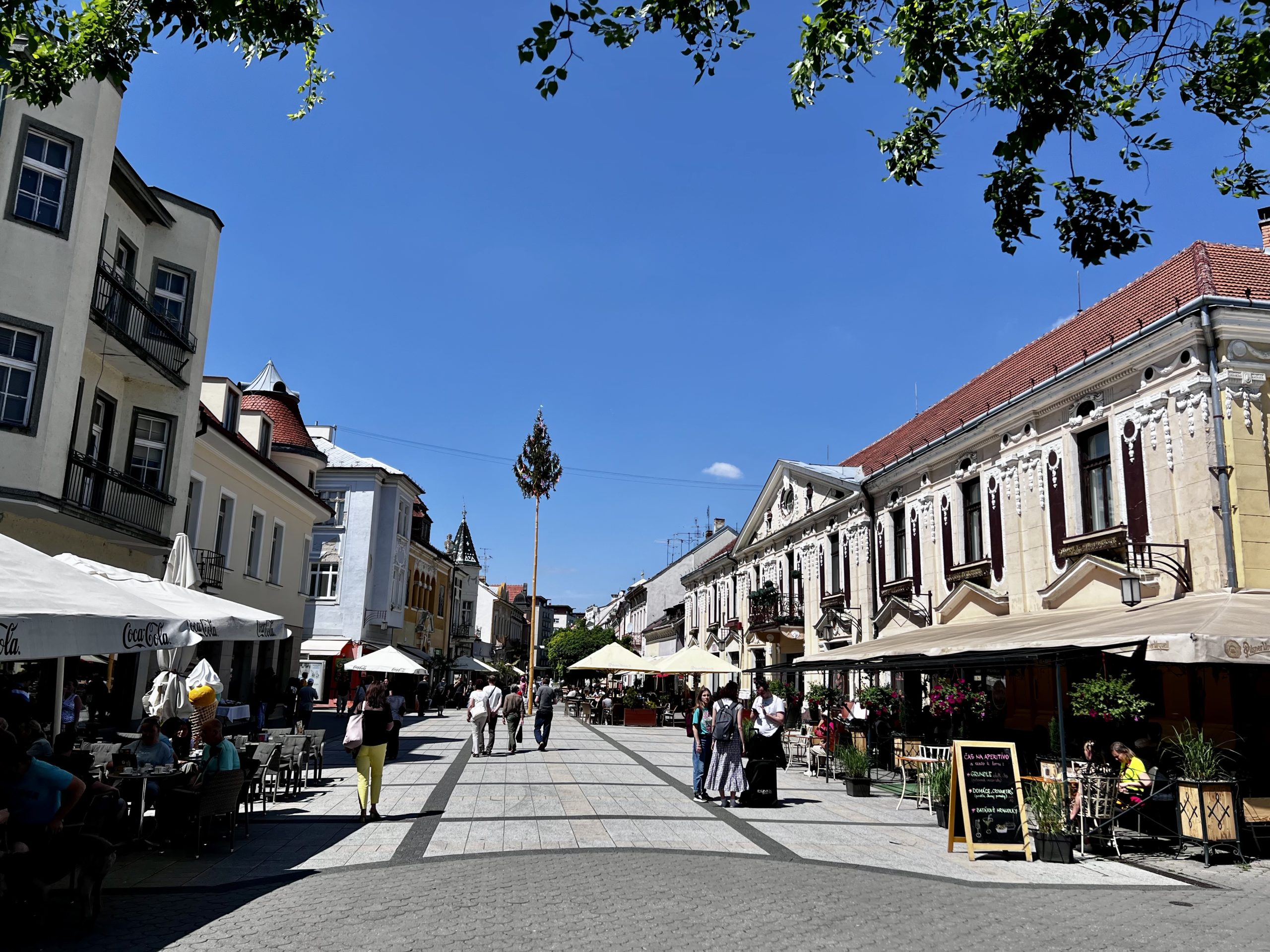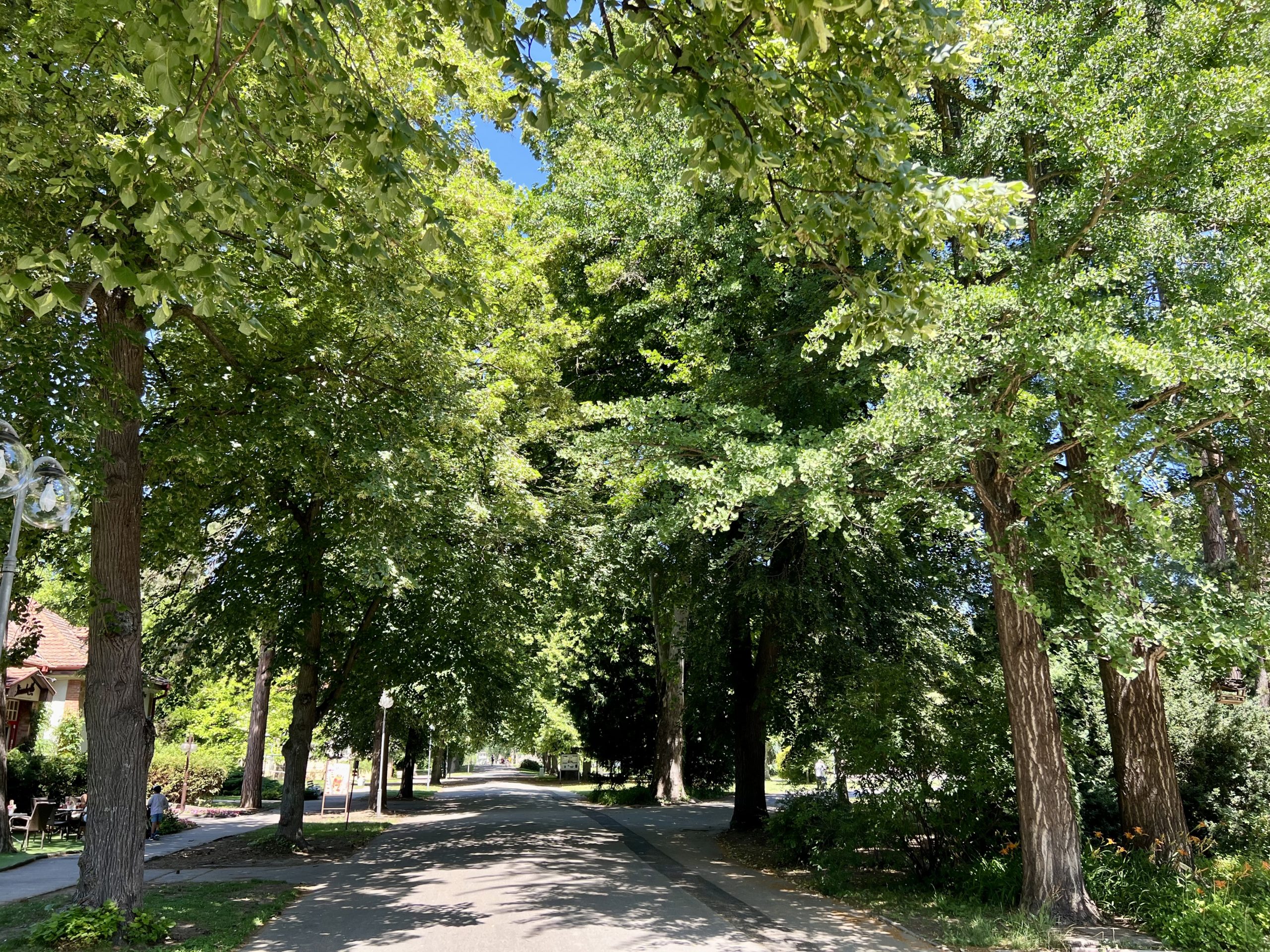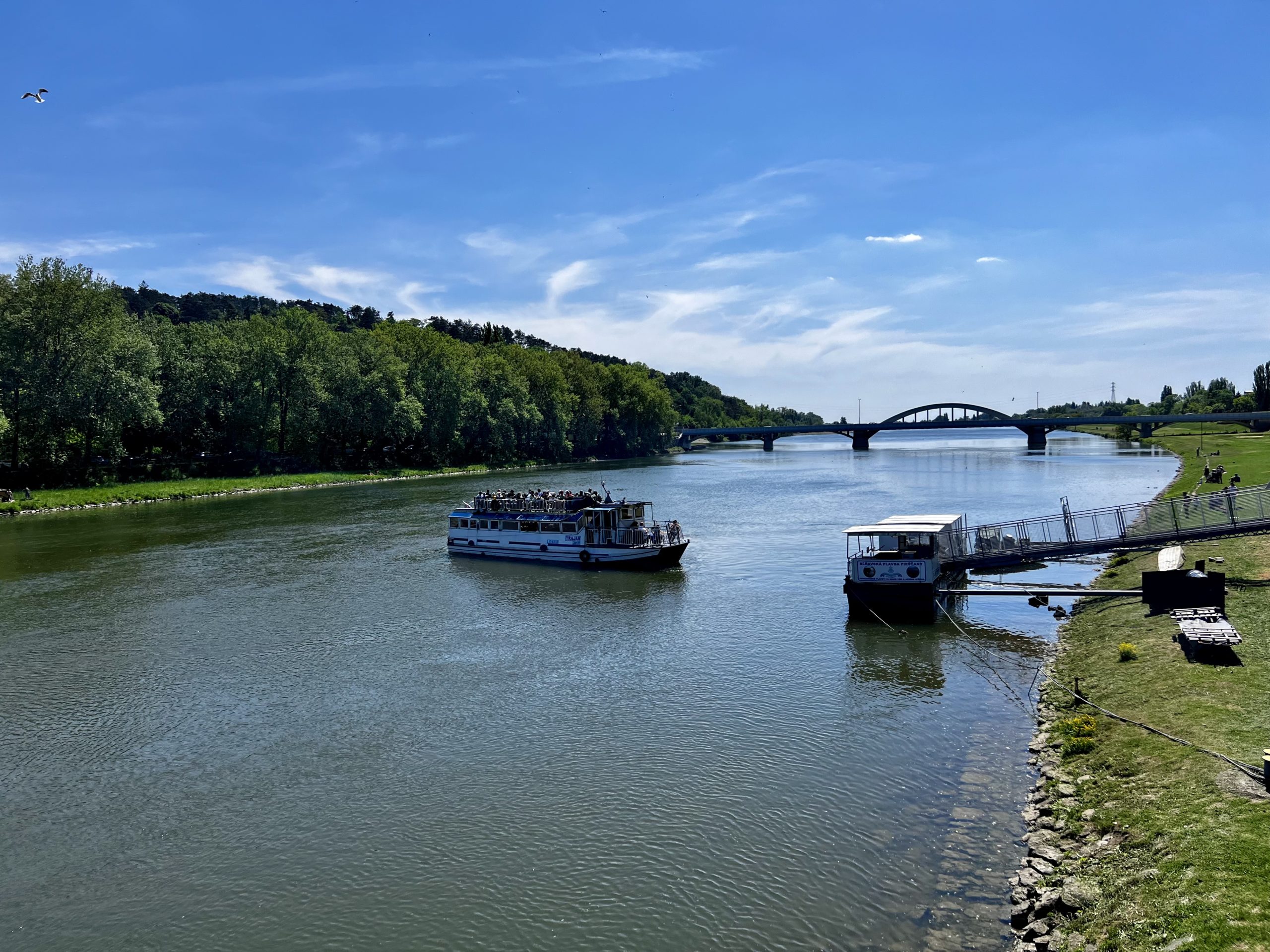By the legend, the natural healing springs discovered already the old Romans during a sheer host, as long as their horses were exhausted, they settled down by the river Váh in a marshy meadow. After a few days of a rest, the horses were powerful and their host could continue.
The legend of a peacock says, that people exploited in the area of today´s Piešťany the healing effects of thermal water and mud due to a hurt peacock. He used to come to the springs with thermal water and after a couple of weeks his leg was cured. Based on this legend you can see on the Spa Island the peacocks and the peacock feathers in the different forms – for example by the entrance to the spa hotel Thermia Palace, in the Spa Park there is a volary with the peacocks.
The first written note mentioning Piešťany was found in the charter of the King Koloman I., dated in 1113. The settlement was the property of the Bana Castle destructed in the second half of the 13th century. Since the 16th century it was already mentioned as a small town (oppidum). The name Piešťany is derived from the word “piesčina”, which means a sand bank, because the soil basis is due to the river sediments sandish.
Man utilized the thermal springs since ancient times. The water here does not freeze, even in the coldest winter. The exact time when the balneological treatment in hot springs was started is difficult to determine certainly. It can be assumed that it originated and began developing on the basis of folk medicine, as early as in the second half of the 15th century. The patients and visitors were bathing in primitive holes dug around the springs, filled with thermal water. Over them shelters were erected, made of boughs and twigs, protecting them from rain. As dwellings they used the simple peasant houses.
First more detailed description of Piešťany as the spa town was found in the document written by Juraj Wernher, brought out in Basel and entitled „De admirandis Hungariae aquis hypomnemation” – About The Miraculous Waters Of Hungary. He described in this book the different spa towns in the Hungarian monarchy, Piešťany as the most healing in the whole monarchy and he brought its fame.
By a propagation of the good reputation and a development of the spa, in the second half of the 16th century were multiple medical books about Piešťany brought out, among them one from Italien Andreas Bacciuso, the personal physician of then pope Sixtus V.
In the 17th century was Piešťany already the sought after spa town, that a lot of authors blessed in their literary compositions. The nicest and most extensive described the healing springs, the spa town with their conveniences, the nature of Piešťany and their surroundings, in 1642 priest and poet Adam Trajan in his poem „Saluberrimae Pistinienses Thermae ad fluvium Vagum“ (The most valetunidarian Spa Piešťany lying near the river Váh), this title is written on the Colonnade Bridge in the direction of the Spa Island. Beside the celebration of the thermal water and the spa, he describes also the social and economic circumstances. At this time there were no spa buildings built, the people still basked in the holes filled with thermal water. The most of the people lived in the primitive strawed peasant settlements of a clay.
Since 1720 took the Hungarian aristocratic family Erdödy the ownership of Piešťany and its surroundings and they owned the spa until the nationalization in 1940. The Erdödy family took care a little of a following development of the spa. Only after the regulation from the Empress Maria Theresa and the visit of Viennese doctor Johann Nepomuk von Crantz – the founder of a modern balneology, Earldom Erdödy let in 1778 build a first wooden building with the bathing-tubs on the Spa Island. Until the end of the 18th century were more spa facilities built.
At those times is said to be in Piešťany the best known spa guest Ludwig van Beethoven, there is multiple evidence that he was in 1801 on the spa treatment. In the town park there is the relief Memorial of Beethoven.
The flood in August 1813 destroyed a lot of houses in the town and all wooden buildings on the Spa Island.
In the following period was built the first complex of buildings on the Spa Island. The Napoleon Spa in the classicistic style – today´s Napoleon III. – was opened in 1822. The origins of the Napoleon Spa were partly connected with the period of the Napoleonic Empire, the name was not created in the connection with Napoleon, however it was a good promotion.
Since 1828 opened his practice in the spa the first permanent medical doctor Franz Ernst Scherer – an initiator of the modern methods in the balneotherapy. He hired himself from the Erdödy family as the tenant the spa facilities and introduced a prescription of the spa treatments following an aforedone medical examination and an appointed anamneses. In 1864 founded he at the full-range estate at the edge of the city centre the Military Spa Sanatorium, up to this day in service.
In 1861 and 1862 continued the building of the classicistic complex of the buildings Napoleon Spa – today´s Napoleon I. And Napoleon II. In this three-part complex take the spa guests also nowadays the treatments.
With the development of the spa and increasing number of the spa guests upgraded the number of the citizens of Piešťany, and towards the end of the century lived here almost 6 000 people, they lived mainly on an agriculture.
Further development of the spa is associated with the building of a railway crossing Považie (River Váh Basin), completed in 1873, and connecting the spa with capitals of the Monarchy – Vienna and Budapest.
The most important period of a development of the spa began in 1889, in that Alexander Winter firm and the sons made the hiring contract with Earldom Franz Erdödy, that among other things contained the right of the tenant to the investments after his own consideration. Herewith began in the same year the renovating works on the spa houses in bad condition.
In 1890 Alexander Winter entrusted his 20 years old son Ľudovít with a business management. In the spa were daily cured 300 patients and the spa had around 200 employees. Ľudovít Winter treated as a father of the health spa in Piešťany, once said: “A science by itself is not enough for a doctor to be a good doctor. To a success belongs a fact, that the patients like him. This principle also applies to the persons managing a spa. The one who is not good in odour in his business, who does not join his heart and his soul with the patient´s interests, is too hard for him to be able to take care of a property in the interest of his spa permanent. Beside a science is a love to the patients a criteria of all the successes.
Era of the Winter family brough to the spa and spa town a huge expansion. The new spa houses and more facilities were built, the Spa Park in his nowadays structure was created, new paths and paved roads were built up and due to a clever advertising strategy came to Piešťany even more spa guests. Between the years 1889 – 1899 increased the number of the registered spa guests from 2829 to 6012.
Beside the publishing of various advertising materials searched Ľudovít Winter for a motive symbolizing a healing. He was successful in 1894 – in the figure of a crutch-breaker“, who breaks his crutch after the recovery. He patented this design and later, by the beginning of the 1920s by the building of the Colonnade Bridge was the Statue of „Crutch-breaker“ casted in bronze and stands there up to this day as the symbol of Piešťany.
A busy architectural activity at the turn of 20th century brought gradually these buildings: labour hospital (1893), Kursalon (1894), palatial, furnished with a marble the Bath of Franz Joseph – no more existing (1898), Hotel Green Tree (1903), Grand Hotel Rónai (1907), later Grand Hotel Royal – the first large hotel building in Piešťany and after all as it stood in the second hiring contract between Ľudovít Winter and Erdödy family: „… on the Spa Island a hotel fitting to all requirements, that should bring up a fame of the Spa Piešťany around the world“. Therefore, between September 1910 and April 1912 was built the luxury hotel Thermia Palace and Piešťany became one of the best spa in all Monarchy. The visitor´s book in Thermia Palace was filling up with the raving comments of many famous guests. In 1912 achieved the hotel with 16 960 registrated guests a record number.
Of course, a promising development weakened during the World War I. The spa was hired from previous entrepreneurs and owners by Red Cross Organization for the treatment of soldiers and officers of Austro-Hungarian Monarchy injured in the war. At that time in the spring 1916 the premises of Pro Patria Sanatorium were built for the treatment of seriously injured. In Piešťany it was taken care of about 55 000 injured persons, the most of all spa in the Monarchy. To be able to offer a sufficient quantity of a board, in 1917 – 1918 was built a large industrial object – Ružový mlyn.
In the interwar period, during the newly constituted Czechoslovak Republic, were effected the various investments in a public area to support the spa. A very important was a regulation of the Váh´s river-basin by a building of a boundary dam, this way incurred the nice quayage promenades, built the water pipings, the canalisations, the asphalt roads and paths, a new burgher´s school – today´s grammar school, a municipal office, an iron- concrete bridge and finally an architectonical treasure of Piešťany – the Colonnade Bridge – the longest overbuilt bridge for the pedestrians in Slovakia. The leisure time facilities were built, like the thermal swimming pool Eva (1934) with an indoor and an outdoor pool, the tennis courts, a football stadium and a large golf course in the northern part of the Spa Island. On a small peak near the Spa Island was built an observation with a restaurant – Červená veža. In the town park was created a new amphitheatre and in 1928 was in Kursalon established today´s Balneological Museum. A cultural life was enriched by the orchestras and the opera singers from all over the world, the drama performances and the folklore events. The spa was intensive promoted in many countries, visited by the foreign doctors, the journalists, the scientists, the politicians, the actors, the singers, the writers and the artists. The concerts, the congresses and the meetings were organized, by one of them was also in 1926 established the International League Against Rheumatism. This all led to the increasing of a popularity of Piešťany.
Auf der Kurinsel wurden im Kurpark die Hauptpromenade – die heutige Pappelallee und die kl
On the Spa Island was created the Spa Park with a main promenade – today´s a poplar alley and the small lakes with a thermal water. For a research of a flora was invited the well-known Prague botanist Karel Domin, who wrote his work in the book „Piešťanská květena“.
einen Seen mit Thermalwasser errichtet (siehe Kapitel Kurpark und Natur). Zur Forschung der hiesigen Flora wurde der bekannte Prager Botaniker Karel Domin eingeladen, der seine Arbeit in dem Buch „Piešťanská květena“ (Die Pflanzenwelt von Piešťany) verfasste.



